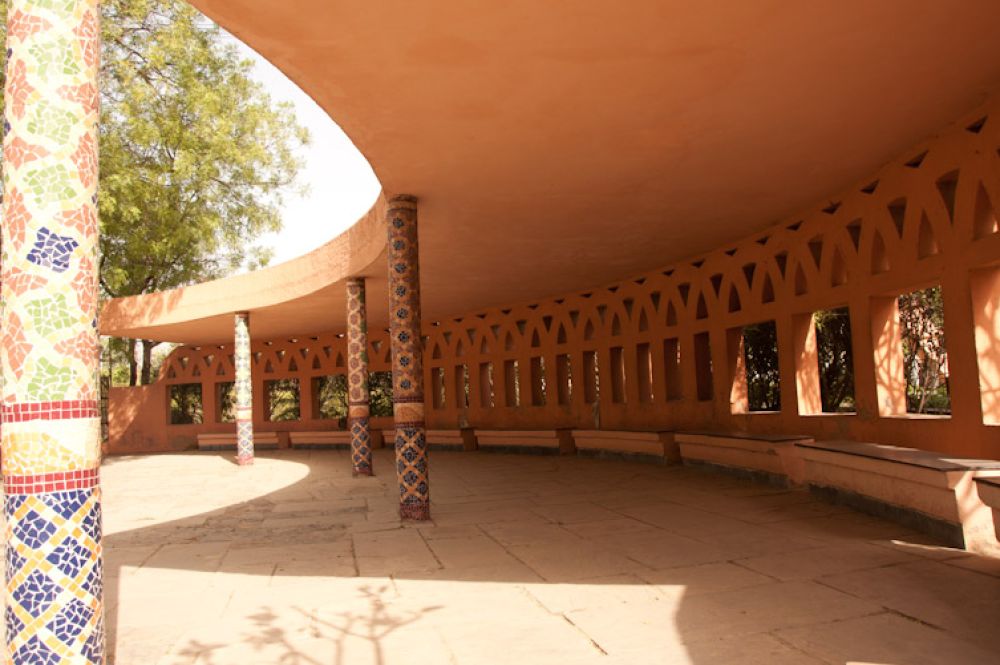

Azad Hind Gram, located near Delhi, serves as a tribute to the indomitable spirit of the Indian freedom fighters and specifically, to remember the efforts of Subhas Chandra Bose and the Indian National Army (INA). This tourist complex was developed by Delhi Tourism and Transportation Development Corporation (DTTDC).
The site where Azad Hind Gram sits was chosen for its historical relevance. Subhas Chandra Bose, a prominent leader in the Indian freedom struggle, is well-known for his leadership of the INA during World War II. The INA was an armed force formed with the objective of securing Indian independence from British rule. The complex was named Azad Hind Gram to resonate with the 'Azad Hind' or 'Free India' movement initiated by Bose.
The development of this tourist complex was aimed to offer a tribute as well as to promote rural tourism in the outskirts of Delhi. It was inaugurated to the public in the early 2000s, which marked a new destination for tourists who are keen on India’s history and its struggle for independence.
The architecture of Azad Hind Gram combines Mughal and Indian styles to create a visually appealing complex. Key attractions within the complex include:
With the increased focus on sustainable and experiential travel, Azad Hind Gram has also witnessed changes in the way tourists absorb its historical significance. Visitors are now not only interested in the place for its past but also enjoy the serene ambiance it provides, away from the city's hustle and bustle. The increase in domestic tourism, especially school and university educational trips, showcases the importance of such locations in the educational tourism sector.
Moreover, amidst the COVID-19 pandemic, there has been an emergence of small-scale, socially distanced outdoor gatherings. Azad Hind Gram, with its ample outdoor space, has become a suitable spot for these types of events, blending historical learning with current health directives.
For those interested in the rich tapestry of India's struggle for independence, Azad Hind Gram is a poignant destination. It offers a deep dive into a significant chapter of Indian history while presenting an opportunity for contemplation and appreciation of the sacrifices made for the country's freedom. It also serves as a reminder of the cultural heritage and historical wealth of the area, bridging the gap between past and present, and offering a unique educational experience.